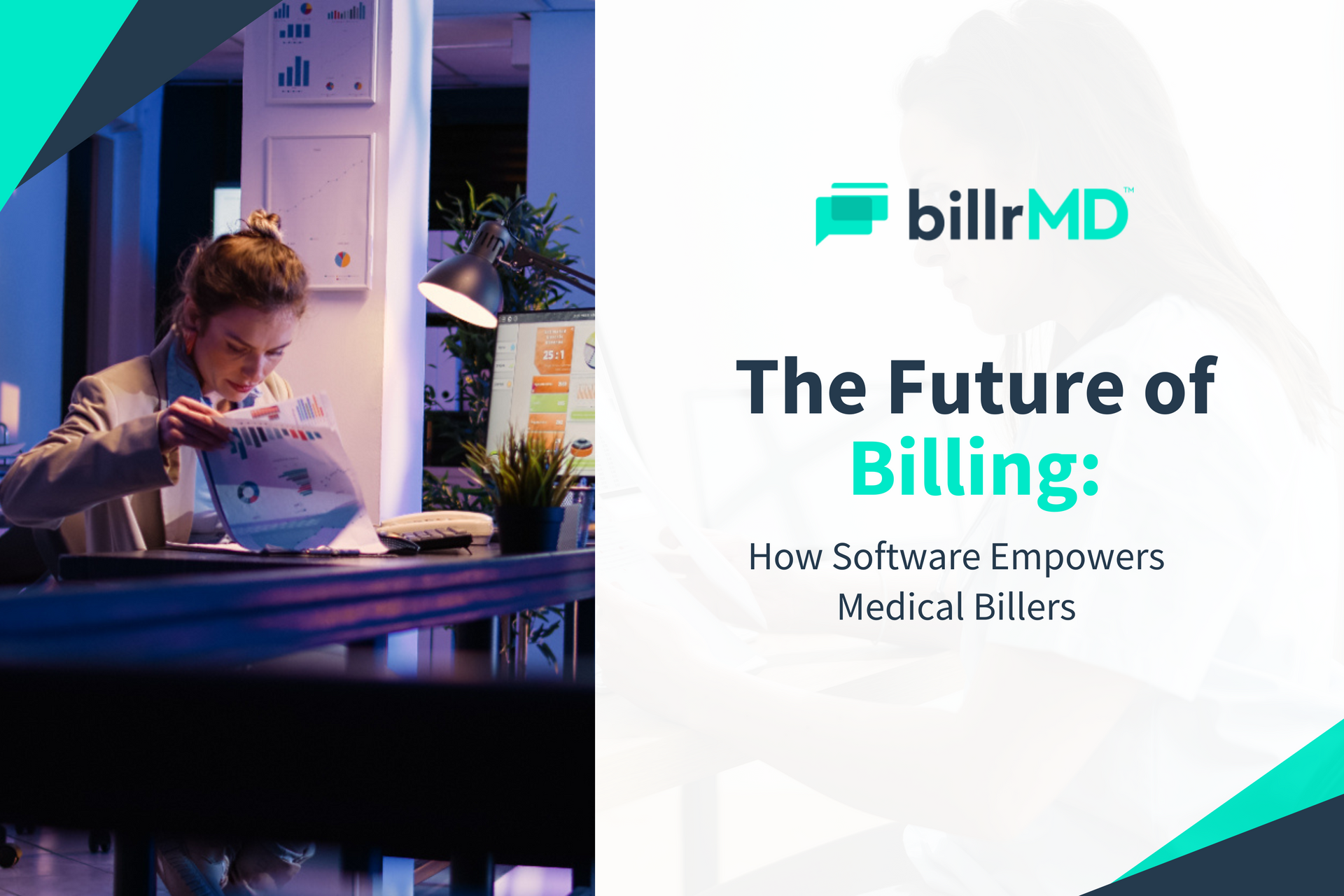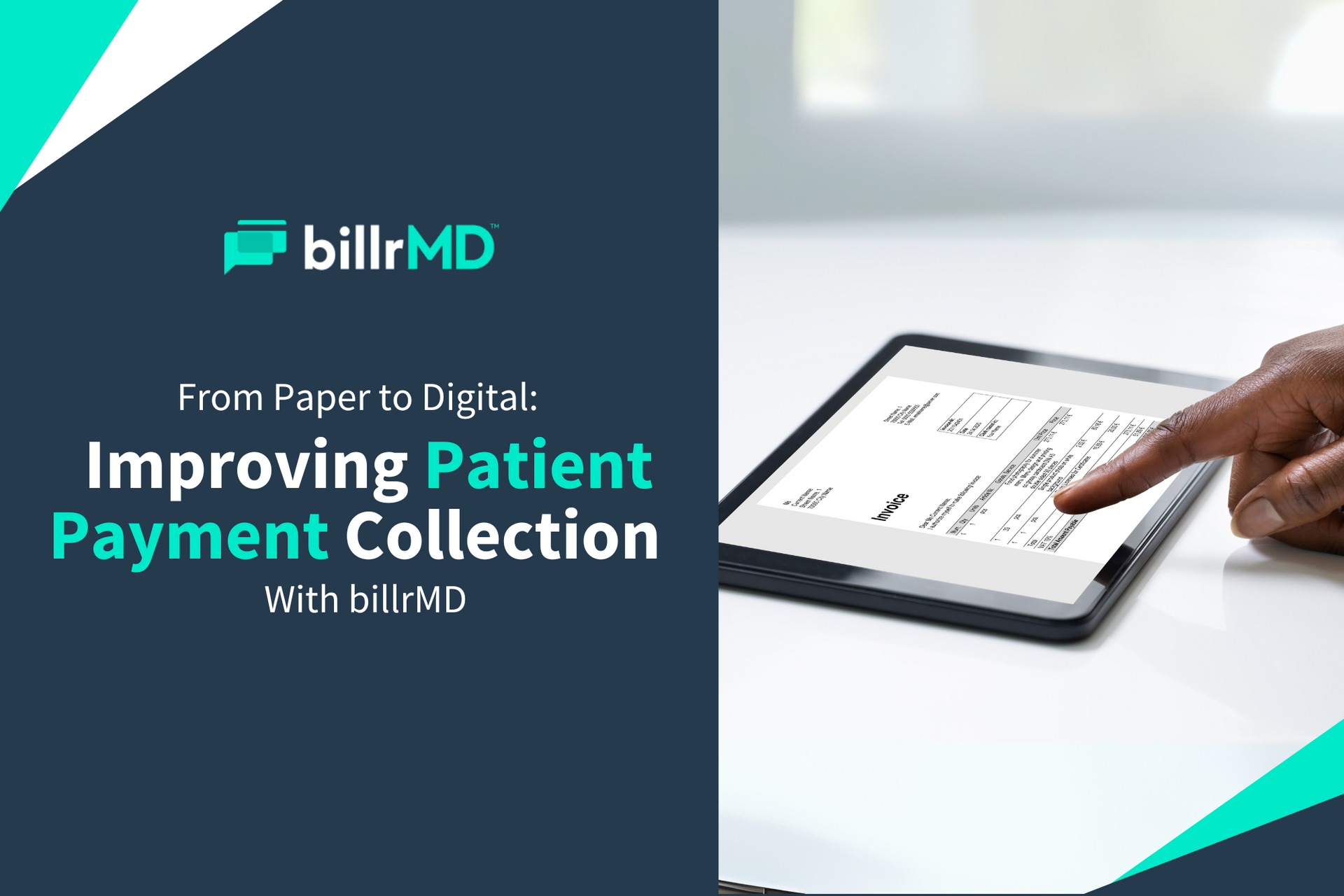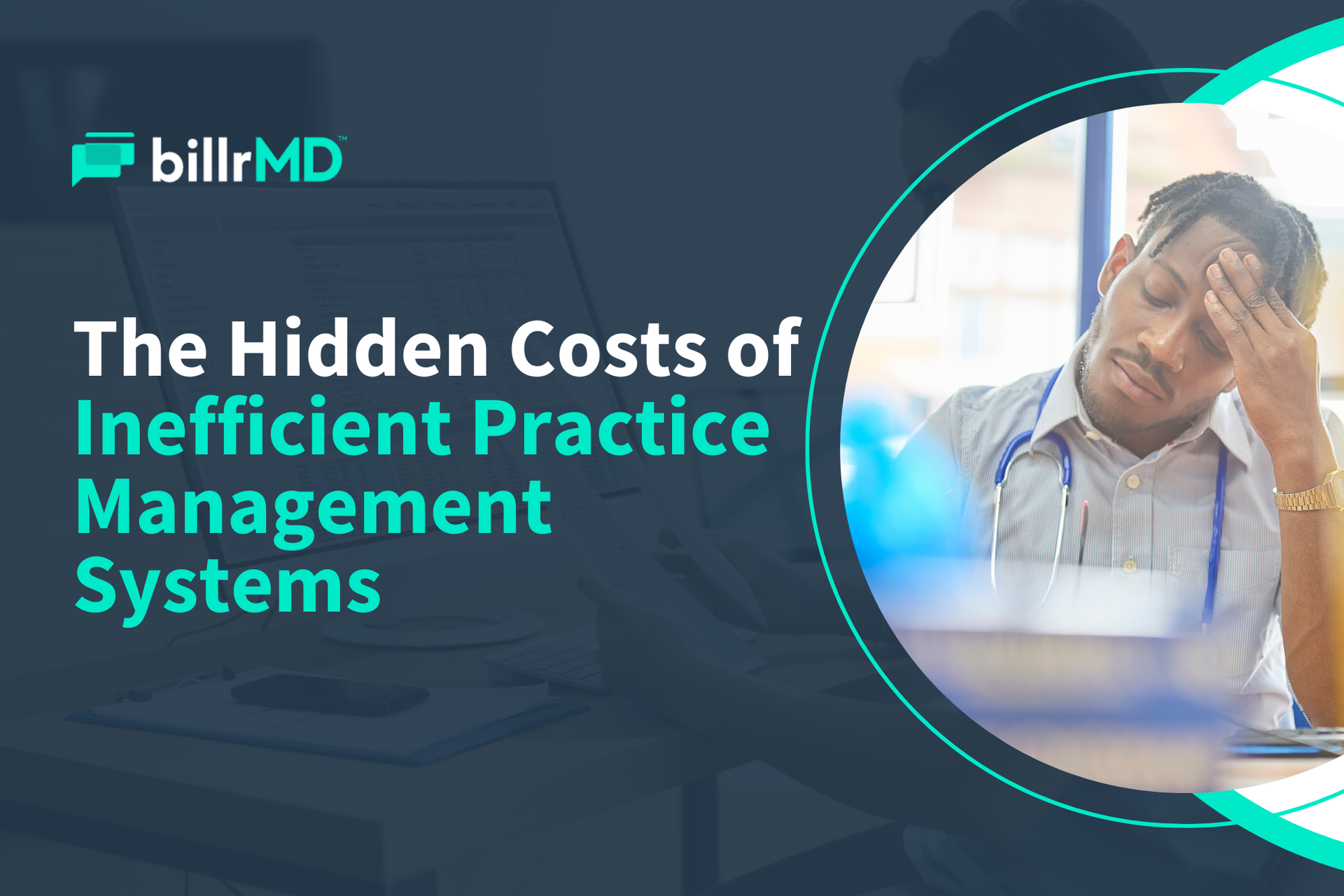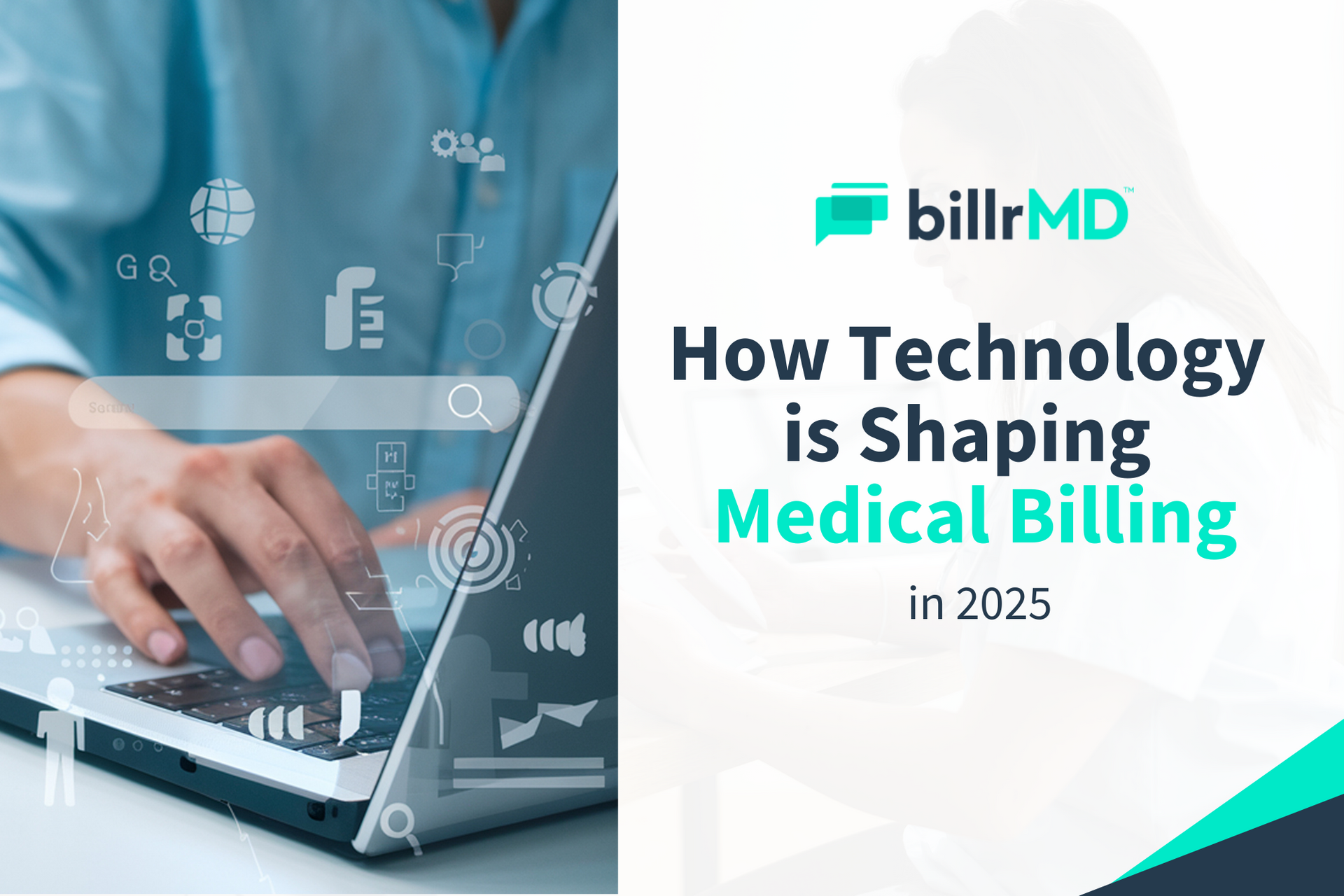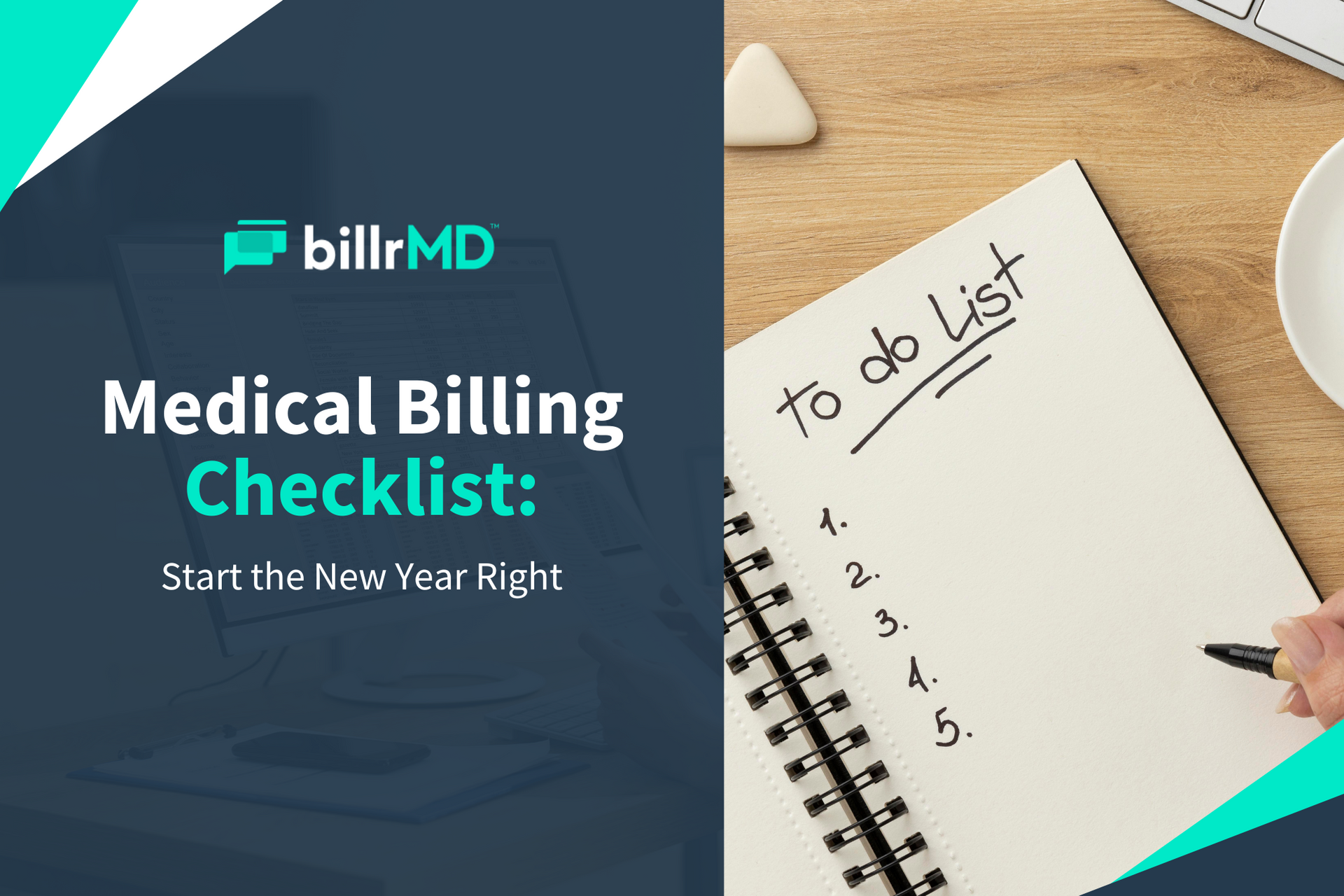Revenue Cycle Management Mistakes That Drain Practice Profits
It’s another late night in your office. After a busy day managing your medical practice, you’re at your desk, scratching your head and poring over finance reports.
The numbers in front of you just aren’t adding up.
Claim denials are increasing, payments aren’t matching up with services rendered, and revenue is slowly slipping through the cracks.
And here’s the root of your problem: Revenue cycle management mistakes, particularly in remittance processing. Even minor errors can snowball into significant financial losses and overwhelm you.
But it doesn’t have to be this way—not if
billrMD can help it.
Understanding Remittance Processing in Healthcare
Payment remittance processing is a common practice in business-to-business transactions. It typically involves receiving and handling payments made by a payer to fulfill a debt or obligation, such as an invoice or bill.
In the healthcare sector, remittance processing is far more complex. Besides receiving payments from insurance companies, government programs, and patients, it also involves:
- Handling electronic remittance advice (ERA)
- Reconciling payments
- Addressing discrepancies
- Adjusting claims
- Adhering to payer-specific guidelines
- Posting payments to the correct claims or patient accounts
When done correctly and efficiently, remittance processing ensures a steady revenue stream for your practice. It minimizes errors, ensures your providers get timely and accurate payments for their services, and keeps your practice financially healthy.
On the flip side, remittance processing mishaps can be costly. If your practice doesn’t observe the
best practices for healthcare payment posting and processing, you could be looking at revenue losses, claim denials, and administrative burdens that bog your entire billing process down.
The Most Expensive Remittance Processing Mistakes
Every year, healthcare practices across the United States lose valuable resources to inefficient RCM processes. For instance, the 2024 CAQH Index Report reveals that the medical industry could have saved money ($695 million) and time (4 minutes per transaction) by stepping away from manual remittance advice methods.
Billing and RCM errors have a cascading effect on your practice's financial stability. To prevent costly mistakes from bleeding your bank account, here’s what you need to avoid:
1. Misinterpreting Electronic Remittance Advice (ERA)
The Centers for Medicare & Medicaid Services (CMS) defines an ERA as the explanation a health plan gives to a provider about a claim payment and how the health plan has adjusted claim charges. ERAs are the digital equivalent of the paper explanation of benefits (EOB).
While ERAs can boost RCM efficiency, misinterpreting them can cause significant financial setbacks because they can lead to:
- Inaccurate payment postings
- Missed claims adjustments
- Unresolved claim denials
- Underpayment and lost revenue
Experienced medical billers are carefully trained to read ERAs accurately. Unfortunately, high workloads, manual processes, and tight deadlines can overwhelm them.
To avoid ERA-related errors, invest in a billing system with electronic remittance automation that accurately parses and applies ERA data. Healthcare billing solutions like billrMD help your team interpret ERAs accurately and minimize mistakes.
2. Manually Reconciling Payments
Manual payment reconciliation is tedious and time-consuming, especially when you’re dealing with paper-based remittances. And because the manual process leaves so much room for mistakes, your practice could end up with medical billing reconciliation errors that can put a massive dent in your finances. These errors include:
- Duplicate entries
- Misplaced records
- Incorrect information
- Underpayment
- Overlooked transactions
- Inconsistent policy application
Having an automated payment reconciliation tool in your
medical billing software helps you match every payment to a claim, spot possible discrepancies, and resolve issues promptly.
3. Using Disparate Systems
When a practice uses multiple systems for invoicing, claims submission, payment posting, and other RCM tasks, inefficiencies can quickly pile up. This is because disparate systems don’t communicate as effectively as integrated systems do.
Because information is siloed into different databases, crucial data becomes inaccessible and untransferable. Throughout the revenue cycle, clinic staff will have to manually transfer data from one system to the next, which increases the risk of duplicate entries, missed payments, and reporting errors.
Switching to a comprehensive solution like billrMD integrates all essential billing functions into a single platform. As a result, your practice enjoys seamless data transfer, efficient workflows, and simplified RCM operations.
4. Ignoring Payer-Specific Rules
Different payers have unique requirements and policies for claims submissions, adjustments, and remittance postings. For instance, Medicare may require certain modifiers that a private insurer does not.
Overlooking these guidelines—even the minutest details—could result in rejected claims, payment delays, or even compliance penalties. Avoid these setbacks by investing in a medical billing solution equipped to manage (and adapt to) diverse payer requirements.
5. Not Automating Payment Posting
As earlier mentioned, relying solely on manual processes is a recipe for disaster in medical billing. This is especially true in payment posting, where manual methods tend to slow down revenue collection.
Imagine receiving hundreds of payments every day but relying on manual entries to update patient accounts. It wouldn’t be a surprise to have missed entries or incorrect postings that cause discrepancies, frustrate patients, and compromise cash flow.
Billing automation allows your practice to record and reconcile payments accurately and in real time. billrMD, for example, leverages features like electronic claims submission and integrated credit card processing to skip manual intervention and automate payment processing.
Why Investing in the Right Medical Billing Software Matters
A Medical Group Management Association (MGMA) case study revealed that streamlined processes and billing automation have improved an organization’s revenue by 24%. Here are the specifics:
- Appeals Productivity: 220% increase
- Claims Turnaround Time: 75% increase
- Appeals Turnover Rate: 11% increase
Investing in a healthcare billing solution that aligns with your unique needs can result in game-changing revenue cycle management. billrMD’s comprehensive suite of innovative features can make that happen for your practice:
- Electronic Claims Submission leverages modern convenience to ensure your claims submissions are on point and on time.
- Electronic Remittance Advice automates ERA posting, simplifies EOB adjustments, and streamlines patient payment tracking.
- Patient Invoicing and Billing allows you to customize patient statements to improve clarity, branding, and payment compliance.
- Credit Card Processing enables you to swiftly and securely process credit card payments on your office’s billing platform.
- Reports and Analytics lets you generate customizable reports that contain easy-to-interpret data from various areas of your billing cycle.
billrMD: Healthcare Billing Solutions that Protect Profit

Don’t let remittance processing mistakes derail your practice finances!
billrMD is designed to help your practice eliminate any RCM inefficiencies and maximize its earning potential. With automated payment posting, intelligent ERA posting, integrated claims submission, and powerful reporting tools, you can finally take control of your revenue cycle.
Discover how billrMD can help your practice get paid more, faster, and with less effort!
Book a free demo today!

